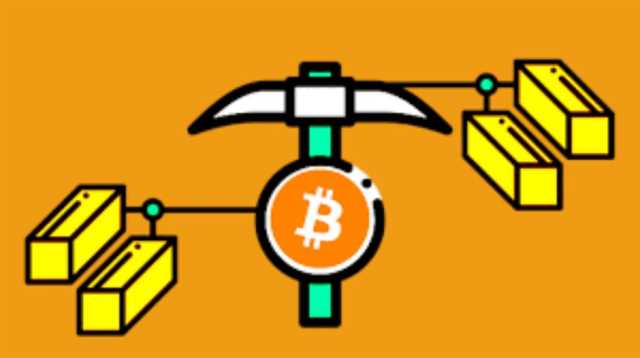-
Address: S.No.58 , 1st Floor , Paras Hub ,
Latur Road, Vasarni , Nanded - 431604 -
Call Us: +91 8799 932 678
info@instachem.co.in

Essentially, the hash and Alice’s private key are combined using a complex mathematical formula. The result is the digital signature, which can be verified with Alice’s public key to prove that Blockchain Cryptography she is the real owner of her matching private key, and not an impostor. This is a peer-review assignment based on the concepts taught in the Blockchain and Cryptography Overview course.

The core cryptographic concepts behind blockchains
Given the size of the sums involved, even the few days the money is in transit can carry significant costs and risks for banks. A blockchain allows the data in a database to be spread out among several network nodes—computers or devices running software for the blockchain—at various locations. This not only creates redundancy but maintains the fidelity of the data.
What are hash functions and how do they contribute to blockchain’s security?
For example, on Bitcoin’s blockchain, if you initiate a transaction using your cryptocurrency wallet—the application that provides an interface for the blockchain—it starts a sequence of events. (2018) IBM develops a blockchain-based banking platform with large banks like Citi and Barclays signing on. (2015) NASDAQ and San-Francisco blockchain company Chain team up to test the technology for trading shares in private companies.
- For banks, blockchain makes it easier to trade currencies, secure loans and process payments.
- The only thing you can do is use the decryption key, aka, the private key.
- The only issue is that the sender and receiver must exchange keys securely.
- The public and private keys can be mathematically derived from each other.
What Does Cryptography Bring for Blockchain?
A full node can be used both as a wallet, and to verify the chain of transactions, because it contains a complete copy of the blockchain. In the same vein, miners don’t technically have to host a node, although in reality many do. Due to the unique mathematical properties of this calculation, the result will be the same as the hash of Alice’s data from before she digitally signed it with her private key.
- You can basically combine multiple transactions into a single small string of text.
- When you enroll in the course, you get access to all of the courses in the Specialization, and you earn a certificate when you complete the work.
- While these factors are important in the delegation of the next block, they are combined with randomness to prevent the system from being centralized by the richest or oldest users.
- The popularity of cryptocurrency exploded in 2021, with Bitcoin hitting a record spot price of nearly $65,000.
- They focus their work towards extending the longest chain, because this is the most likely way for them to end up with the reward.
- Blockchains can be used to make data in any industry immutable—the term used to describe the inability to be altered.
Cryptography is used in blockchain to safeguard transactions between two nodes in a blockchain network. As previously stated, the two essential concepts in a blockchain are cryptography and hashing. In a P2P network, cryptography is used to encrypt messages, while hashing is used to protect block information and link blocks in a blockchain. In asymmetric cryptography, we use two keys – the public key and the private key. The process of getting the ciphertext from the plaintext and the public key is straightforward.
Master the world’s most in-demand Blockchain, Web3 and AI skills
As we now know, blocks on Bitcoin’s blockchain store transactional data. Today, tens of thousands of other cryptocurrency systems are running on a blockchain. But it turns out that blockchain is a reliable way of storing data about other types of transactions. A new and smaller chain might be susceptible to this kind of attack, but the attacker would need at least half of the computational power of the network (called a 51% attack). By the time the hacker takes any action, the network is likely to have moved past the blocks they were trying to alter. This is because the rate at which these networks hash is exceptionally fast—the Bitcoin network hashed at a rate of 566–657 exahashes per second (18 zeros) between May and June 2024.
Benefits of Cryptography in Blockchain
To see how a bank differs from blockchain, let’s compare the banking system to Bitcoin’s blockchain implementation. The Ethereum blockchain is not likely to be hacked either—the attackers would need to control more than half of the blockchain’s staked ether. Between April and June 2024, more than 32 million ETH was staked by more than one million validators. An attacker or group would need to own more than half of the validators, about 16.4 million ETH, and be randomly selected to validate blocks enough times to get their blocks implemented. Every node in the network proposes its own blocks in this way because they all choose different transactions.

Application Security
The cryptographic puzzle requires a significant amount of computational resources, and miners complete it in the hope of solving the block and receiving the reward. The bitcoin protocol uses a concept known as proof-of-work to validate its transactions. Other blockchains use proof-of-stake, proof-of-storage or proof-of-space systems, but we won’t go into the latter two in this article. Each new timestamp is a hash that combines the current block’s transaction data and the timestamp of the previous block.
